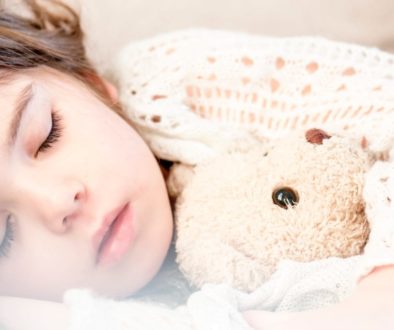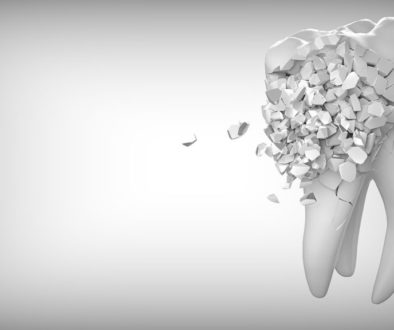When Should Children Start Using Fluoride Toothpaste?
 Ever wondered when exactly you should start using fluoride toothpaste while brushing your kids teeth? Don’t worry, you’re not alone! Many parents have no idea when they should start. The answer to this question will be different for each child and family. I’ll help you figure out what works best for you.
Ever wondered when exactly you should start using fluoride toothpaste while brushing your kids teeth? Don’t worry, you’re not alone! Many parents have no idea when they should start. The answer to this question will be different for each child and family. I’ll help you figure out what works best for you.
Before we get into all that, you might want to read up on my thoughts on fluoride usage. **Cliff notes version: I’m strongly in favor of using fluoride toothpastes, mouthrinses, and professional applications but I’m not in favor of water fluoridation or any other systemic fluoride in most cases.**
Low Risk Children
The general rule of thumb for using fluoride toothpaste in kids is that you shouldn’t use it until they can start spitting it out. Most kids are able to start doing this around age 3 and even earlier in some cases. My 2 1/2 year old daughter is quite good at spitting already! Even when they can spit, you want to use as small an amount of toothpaste as you possibly can. A small smear of toothpaste is more than enough.
Moderate to High Risk Children
The exception to this rule is in kids who are at a higher risk of cavities. Kids who are at higher risk of cavities include any of the following:
- Parents with a significant history of tooth decay
- Parents (especially mothers) with untreated tooth decay
- Consistent exposure to juice, soda, or sports drinks (more than 1 such drink a day)
- Children who have to use a nebulizer for asthma often
- Any other consistent exposure to sugary foods or medications
In kids with these higher risks, I’d recommend using a fluoride toothpaste starting as early as eighteen months to two years. Now here is the really critical part of this whole thing… You want to put the tiniest smear of toothpaste on their toothbrush as possible. Most toothpastes will say to put a pea sized amount of toothpaste on your toothbrush. This pea sized amount is great for older kids and adults but definitely not great for younger kids who can’t spit well. This smear should be no more than about 1/6 – 1/4 the size of a pea.
People may say “But, you’re against systemic fluoride exposure! How can you recommend using toothpaste when you know your child will swallow it?”. Here is my reasoning…
- Cavities in young children are a big deal! The loss of baby teeth due to cavities at a young age leads to significant issues with adult teeth.
- Cavities in young children usually have to be treated with some level of sedation. Sedation is not only expensive, but also carries of a level of risk.
- A tiny smear of toothpaste contains at most, about 0.1 mg of fluoride… Less in most cases. In comparison, a pea sized amount of toothpaste contains about 0.3 mg and people who drink fluoridated water receive between 1-3 mg of fluoride a day (rough estimate). Estimates of how much fluoride exposure people get today is nearly impossible because of all the different avenues of exposure. That said, a very small smear carries a relatively low risk.
I’m not downplaying the risk of systemic fluoride. I just believe that the benefit of preventing cavities in these young children outweighs the risk of the relatively minimal fluoride exposure.
If you aren’t comfortable even with this small amount, then you need to work really hard to control the risk factors for cavities for your child. They can’t do this themselves.
- Limit sugary drinks to 1 a day, with it being drunk all at the same time, ideally during a meal.
- Limit snacking on carbs and sugary items.
- Get any of your untreated cavities taken care (you can pass these bacteria on to your child).
- Brush and floss their teeth consistently.
A proper diet and regular brushing and flossing reduces a child’s risk of cavities to almost nothing!



